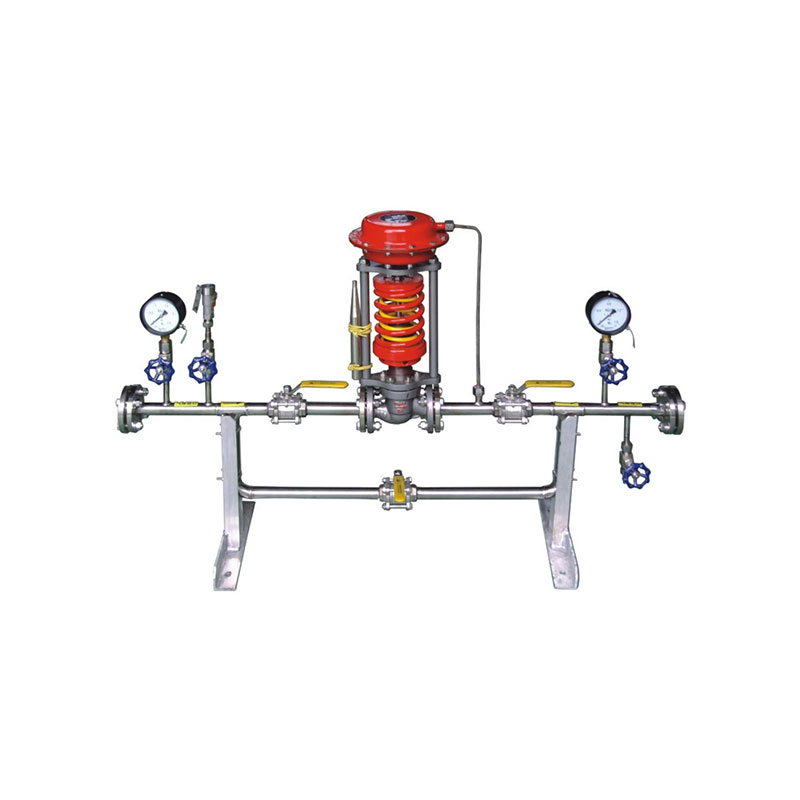Industrial gases are essential in various manufacturing processes, ranging from food packaging to metal fabrication. However, controlling the pressure of these gases is crucial for operational efficiency and safety. In this guide, we will delve into the world of industrial gases pressure regulation, exploring the importance, key components, and best practices for ensuring optimal performance.
Effective pressure regulation is vital for maintaining the stability and quality of industrial gas applications. Whether it’s maintaining the pressure in a welding environment or ensuring the precise flow of gases in a chemical processing plant, the ability to regulate pressure accurately is indispensable. For instance, in the food industry, the carbonation level in beverages heavily relies on the precise regulation of carbon dioxide pressure. Any deviation can result in an inferior product and dissatisfied consumers. Therefore, investing in high-quality pressure regulators is not just a matter of compliance but also a way to uphold product quality and customer satisfaction.

Industrial gases pressure regulator comprise several critical components that work together to maintain the desired pressure levels. These include the inlet and outlet ports, a diaphragm mechanism, and a control knob for adjusting pressure settings. The diaphragm, a flexible membrane within the regulator, is particularly crucial as it responds to changes in pressure and modulates the gas flow accordingly. It’s akin to the conductor in an orchestra, orchestrating a harmonious flow of gases. Understanding these components and their functions is essential for anyone tasked with overseeing industrial gas operations.
Achieving precise pressure regulation involves more than just installing a quality regulator. Regular maintenance and calibration are paramount to ensure consistent performance. Additionally, it’s crucial to consider the impact of temperature variations on gas pressure. As an example, in a metal fabrication setting, where shielding gases are used for welding, temperature changes can significantly affect pressure levels. By implementing temperature compensation techniques or using regulators specifically designed to address temperature variations, companies can maintain stable gas flow and uphold the integrity of their welding processes.
Mastering the art of industrial gases pressure regulation is a fundamental aspect of ensuring operational efficiency and product quality across various industries. By understanding the significance of precise pressure regulation, familiarizing oneself with the key components of pressure regulators, and implementing best practices for optimal performance, businesses can elevate their industrial gas operations to new heights. Embracing the art of pressure regulation not only safeguards operational processes but also contributes to the delivery of high-quality products that meet and exceed consumer expectations.
